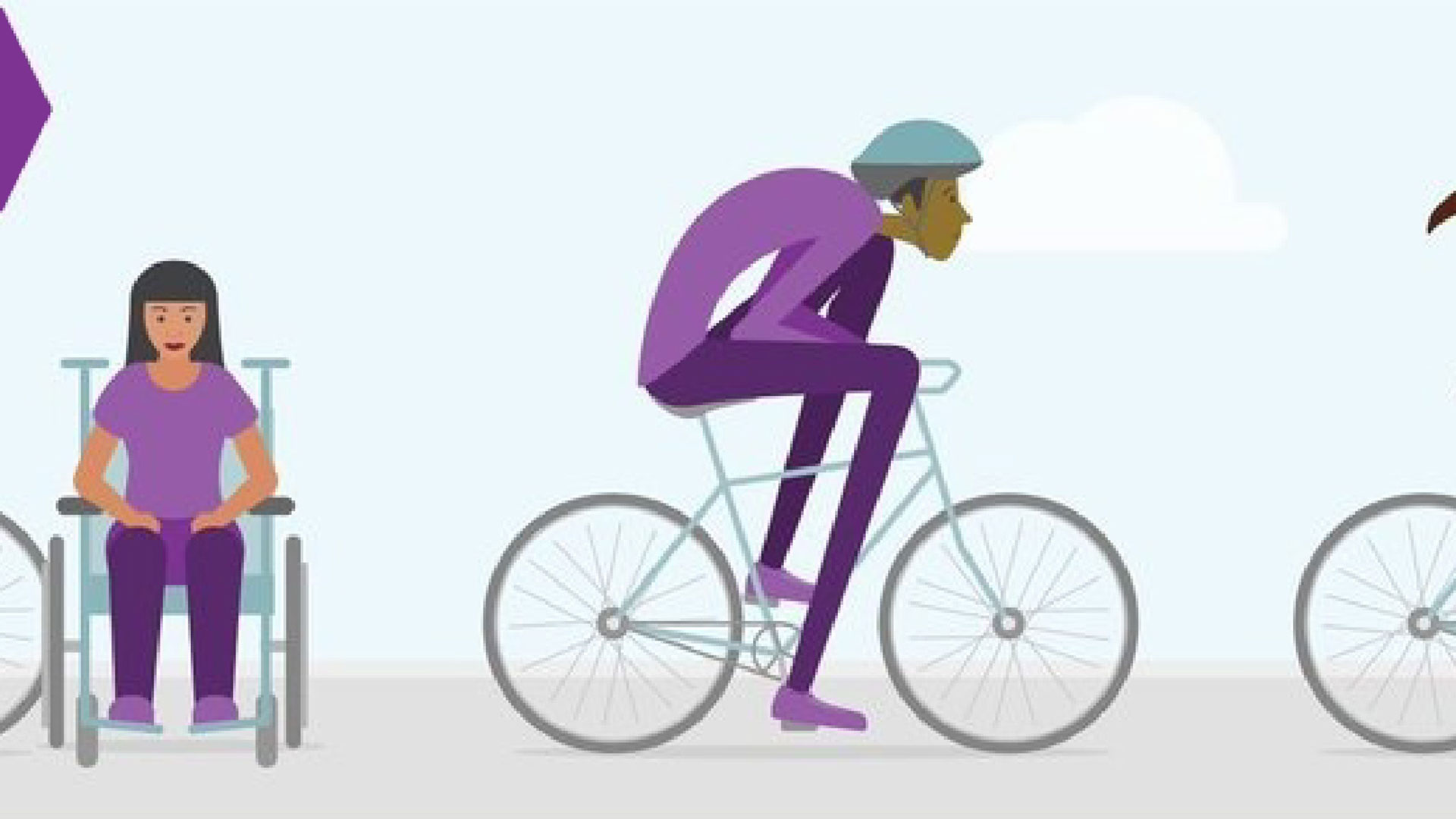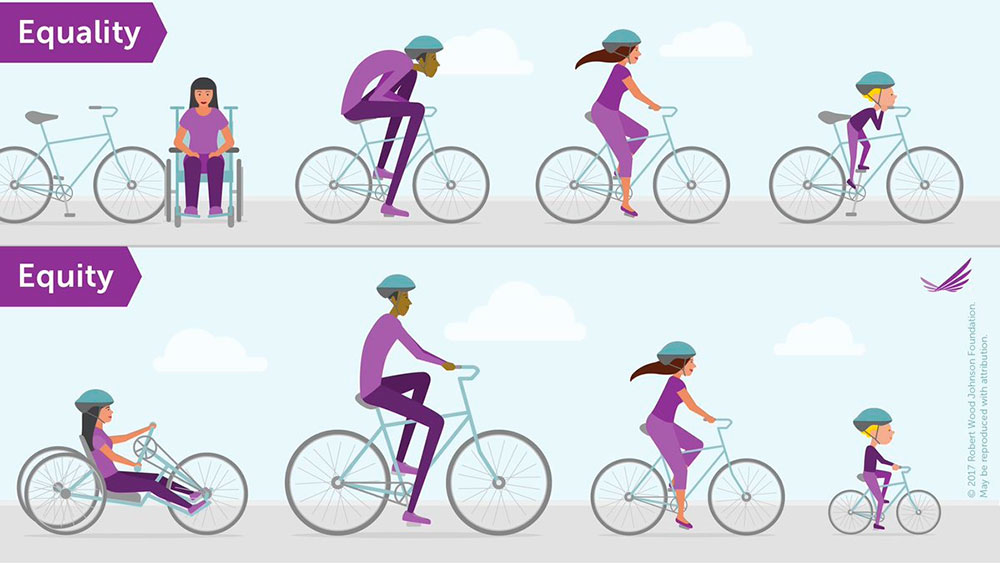Universal design is the design of buildings, products or environments so that they are suitable for all people, regardless of age, functional diversity or other factors. Of the seven principles of universal design, the first is precisely that of equity, ensuring the equitable use of those designed buildings, products or environments. But what exactly does equity mean in the particular context in which we work at Amusement Logic, in other words, the design and architecture of leisure and tourism attractions such as parks, campsites, hotels or resorts, shopping centres and others?
In order to clarify what equity is as a concept, it will be useful to differentiate it from equality, a term with which it is easy to confuse. Still in the context of leisure and tourism, whilst equality consists of guaranteeing all users the same attractions (for example, by allowing mere access to them), equity requires taking into account the diversity of all its users in order to offer attractions designed and built to meet the needs of each particular group of users. We owe the Robert Wood Johnson Foundation for an image that clearly illustrates the difference between equality and equity:
In architecture and design of leisure and tourism attractions, the principle of equity is embodied in several fundamental aspects:
–Access: accessibility to facilities must be ensured for the entire diversity of their visitors. For example, in order to overcome unevenness or avoid physical barriers, the incorporation of ramps, or the provision of lifts and other similar devices, in addition to stairs, guarantee equity for all users, regardless of their level of mobility.
–Diversity of spaces and attractions: in their design, leisure and tourism complexes must take into account the different groups of users, either by age or by the expectations with which they arrive. In this respect, fairness requires that the youngest members of the family, children, as well as teenagers, adults and the elderly, have the same entertainment opportunities. At the same time, spaces must be provided for those who are only looking for relaxation and rest, as well as for those who visit the resort with the expectation of doing activities of varying degrees of physical demand.
–Clear information for all: Signage is a fundamental element of parks and leisure and tourism complexes for visitors to find the most appropriate place to enjoy their stay, to locate the services available or for their safety. They will do so more equitably if the design of the signage is in their own languages, as well as using simple, practical icons that are easy for everyone to understand.
–Equitable safety: Safety in leisure and tourism facilities should also discriminate between visitor groups to ensure that it is equitable. The design of safe attractions must take into account diversity according to different parameters. Safeguards for older and younger children will be different from those for adults. At other times, the design of tourist and leisure attractions will need to discriminate between visitors on the basis of body mass or height (for example, when designing slides or determining the depth of swimming pools) to ensure that safety is equal for all.
Furthermore, it is worth remembering that fairness is not only a value in itself, but also a profitability factor for leisure and tourism complexes, as it makes them inclusive centres where all audiences are represented.
Sources: Archdaily, ArcGIS StoryMaps, National Recreation and Park Association, Wikipedia.
Images: Amusement Logic projects and Robert Wood Johnson Foundation.







